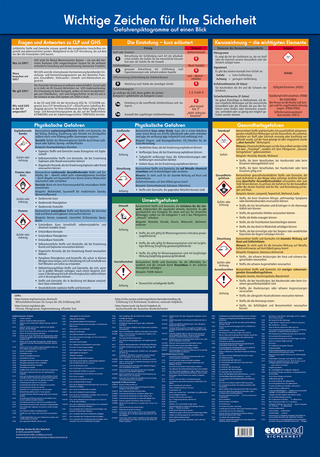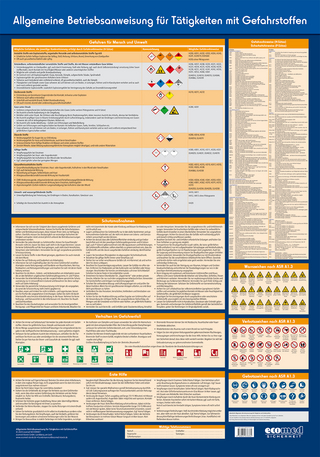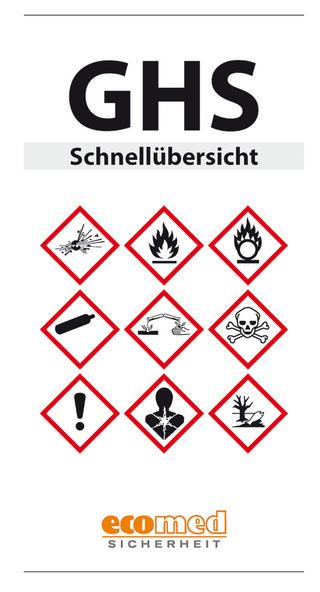
Essential Practices for Managing Chemical Reactivity Hazards
Wiley-AIChE
978-0-8169-0896-7 (ISBN)
Robert W. Johnson is the author of Essential Practices for Managing Chemical Reactivity Hazards, published by Wiley. Steven W. Rudy is the author of Essential Practices for Managing Chemical Reactivity Hazards, published by Wiley. Stephen D. Unwin is the author of Essential Practices for Managing Chemical Reactivity Hazards, published by Wiley.
Preface. Acknowledgments.
Abbreviations and Acronyms.
1. Introduction and Overview.
1.1 Purpose.
1.2 Need.
1.3 Unintentional/Intentional Chemistry Incidents.
1.4 How to Use This Publication.
1.5 Related Resources.
2. Chemical Reactivity Hazard Management.
2.1 Key Considerations for Managing Chemical Reactivity Hazards.
2.2 Life Cycle Issues.
2.3 Existing Management Systems.
2.4 Product Stewardship.
3. Preliminary Screening Method for Chemical Reactivity Hazards.
3.1 Intentional Chemistry.
3.2 Mixing and Physical Processing.
3.3 Storage, Handling, and Repackaging.
4. Essential Management Practices.
4.1 Put into Place a System to Manage Chemical Reactivity Hazards.
4.2 Collect Reactivity Hazard Information.
4.3 Identify Chemical Reactivity Hazards.
4.4 Test for Chemical Reactivity.
4.5 Asses Chemical Reactivity Risks.
4.6 Identify Process Controls and Risk Management Options.
4.7 Document Chemical Reactivity Risks and Management Decisions.
4.8 Communicate and Train on Chemical Reactivity Hazards.
4.9 Investigate Chemical Reactivity Incidents.
4.10 Review, Audit, Manage Change, and Improve Hazard Management Practices and Program.
5. Worked Examples.
5.1 Intentional Chemistry Example.
5.2 Combustor Example.
5.3 Repackaging Example.
5.4 Physical Processing Example.
5.5 Mixing Example.
5.6 Oxygen System Example.
6. Future Work on Chemical Reactivity Hazards.
6.1 Inform.
6.2 Communicate.
Glossary.
References.
A-1. Case Histories.
A-2. An Inherently Safer Process Checklist.
A-3. Executive Summary of CSB Investigation Report.
Content of CD-ROM.
Index.
| Erscheint lt. Verlag | 15.3.2003 |
|---|---|
| Reihe/Serie | A CCPS Concept Book |
| Sprache | englisch |
| Maße | 164 x 240 mm |
| Gewicht | 443 g |
| Themenwelt | Naturwissenschaften ► Chemie ► Technische Chemie |
| Technik | |
| ISBN-10 | 0-8169-0896-6 / 0816908966 |
| ISBN-13 | 978-0-8169-0896-7 / 9780816908967 |
| Zustand | Neuware |
| Haben Sie eine Frage zum Produkt? |
aus dem Bereich


